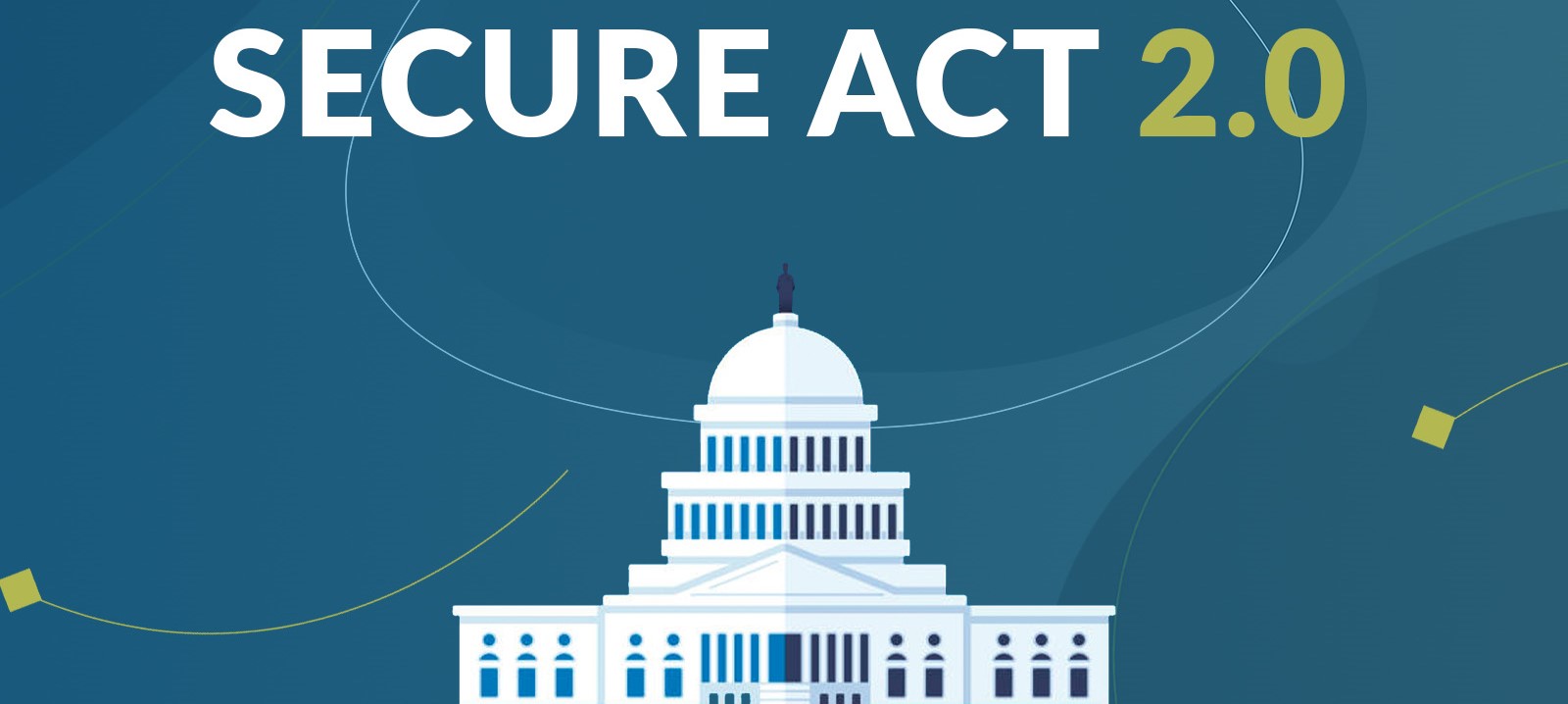As you’ve probably heard, the IRS has announced the IRA and workplace plan contribution limits for 2023. Because most of those limits are tied to inflation, many increased substantially. Among the big jumps were the elective deferral limit for 401(k) and other workplace plans from $20,500 to $22,500. Additionally, the overall limit for all plan contributions jumped from $61,000 to $66,000.
How these two contribution limits work and how they interact are confusing. If you’re simultaneously in multiple plans or change jobs in the middle of the year, this may raise heightened confusion.
Elective Deferral Limit
The elective deferral limit covers the total pre-tax and Roth contributions you make to ALL your plans in one calendar year. Those contributions are combined even if the plans are sponsored by companies that aren’t related, under the tax rules. The 2023 deferral limit is $22,500. However, if you’re 50 or older by the end of the year, you can defer an additional $7,500 in “catch-up” deferrals. This brings your total limit to $30,000.
Example 1
Dwight, 35, has a job with Dunder Mifflin that sponsors a 401(k) plan. He also has a solo 401(k) plan through his beet farm side business. Dunder and the side business are unrelated entities. Even so, the most Dwight can put away between the two plans in 2023 is $22,500.
Two other important points about the elective deferral limit:
- After-tax (non-Roth) contributions, if allowed by the plan, don’t count toward the limit.
- If you’re eligible for a 457(b) plan and either a 401(k) or a 403(b) plan, you can defer the maximum deferral limit to EACH plan.
Annual Additions Limit
The overall limit is sometimes referred to as the “annual additions limit” or the “415 limit.” This limit regulates the amount of ALL contributions (pre-tax deferrals, Roth contributions, after-tax (non-Roth) contributions, and employer matching and profit-sharing contributions) that can be made to ANY single plan in any year. The 2023 overall limit is $66,000, or $73,500 if you make age-50 catch-up contributions.
The aggregation rules for the overall contribution limits are tricky. Contributions made to all plans maintained by the same company are combined. That’s also the case for contributions made by two or more companies considered to be related under the tax rules. But, if you’re in two plans sponsored by companies that aren’t related, you can get the benefit of a separate overall limit for each plan.
Example 2
Since Dunder Mifflin and the beet farm (from Example 1) aren’t related businesses, there are separate overall limits for Dwight’s two plans. Under the right circumstances and assuming he has the funds, Dwight could theoretically have as much as $66,000 in total contributions from each plan in 2023. But he would be limited to no more than $22,500 in total pre-tax deferrals and Roth contributions between the two plans.
By Ian Berger, JD
IRA Analyst











